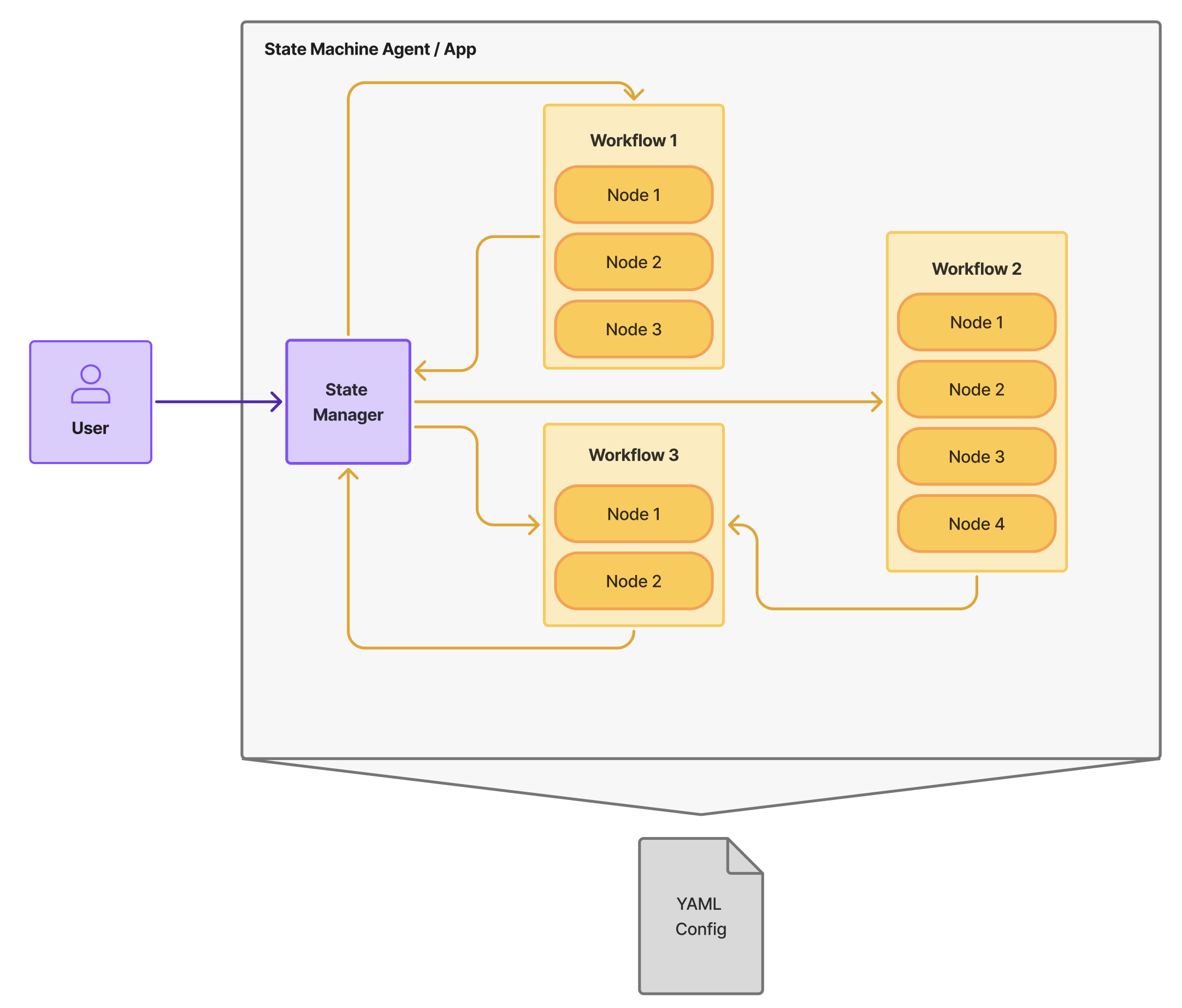What is Agent Service?
Agent Service is a software framework that provides a set of modular building blocks that make it easy to create, deploy, and run AI applications. These applications can perform a variety of tasks, including:- Document Analysis
- Chatbot Responses
- Custom AI Solutions
Key Features
- Modular Design: Build applications using pre-configured components that can be combined like Lego blocks.
- Flexible Architecture: Support both simple, linear workflows and complex, interactive applications with ease.
- Seamless Integration with SGP: Easily integrate with existing SGP tools and APIs for functionalities such as information retrieval and text generation.
Core Components
Agent Service applications are constructed using several key components:Node
- Definition: A node represents a single operation such as generation, retrieval, or data transformation.
- Examples:
- Generation Nodes: Handle LLM-based text generation and chat responses.
- Reranker & Retriever Nodes: Enhance search capabilities and ensure relevance when working with large datasets.
- Citation & Code Execution Nodes: Provide operations like reference generation or executing code for data transformation.
Workflow
- Definition: A workflow is a sequence of nodes arranged in a specific order. It aggregates data from user inputs or previous outputs.
- Features:
- Supports parallel processing for maximum execution speed.
- Offers flexibility in how nodes are combined and executed.
State Machine
- Definition: A state machine is a structured flow that transitions between different states (or workflows) based on outcomes.
- Capabilities:
- Supports branching and conditional paths.
- Incorporates additional user inputs for highly interactive applications.


